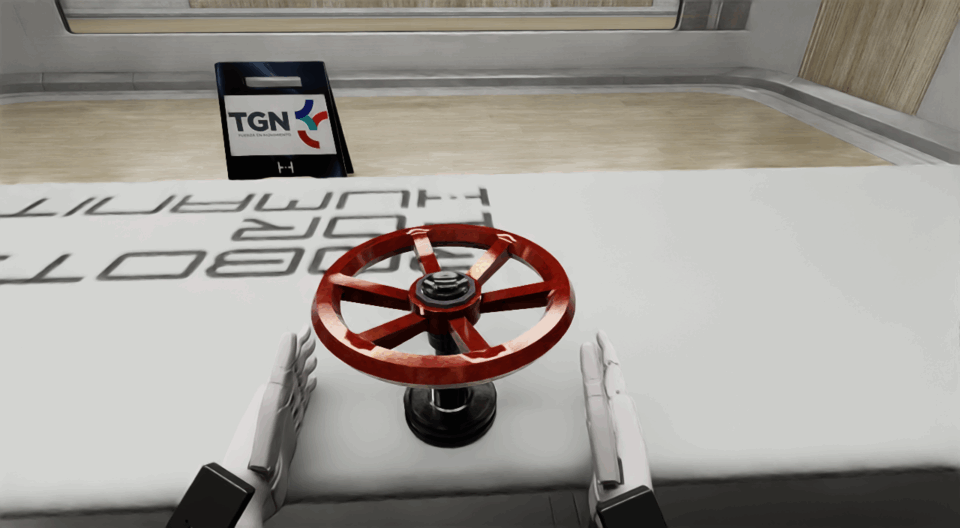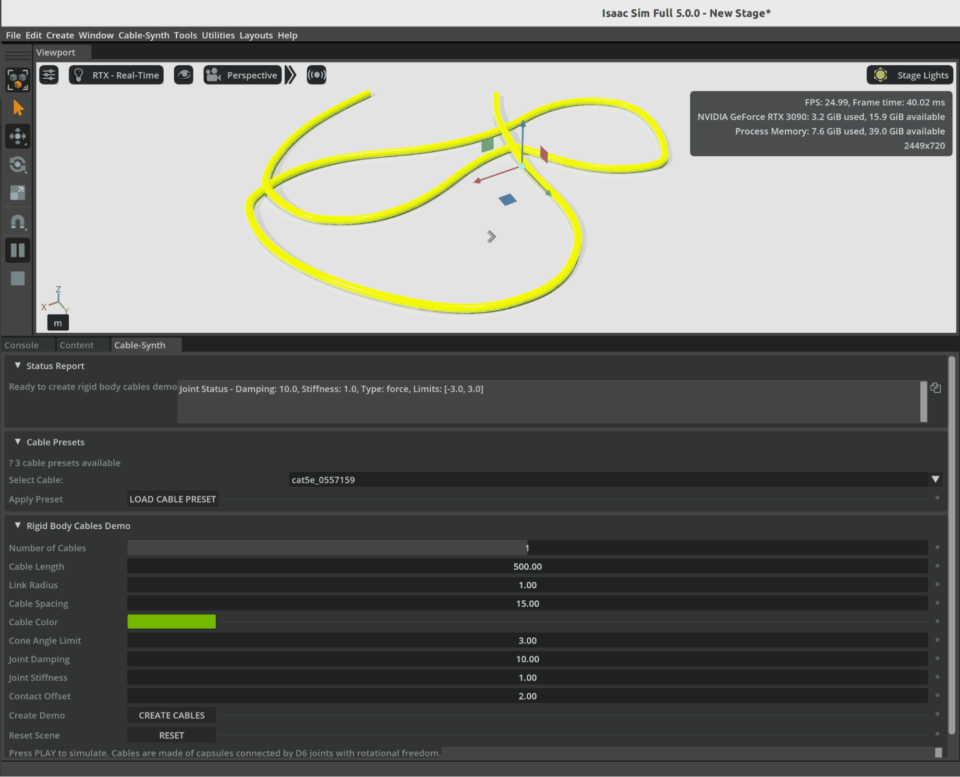Editor’s observe: This publish is a part of Into the Omniverse, a collection centered on how builders, 3D practitioners and enterprises can rework their workflows utilizing the most recent advances in OpenUSD and NVIDIA Omniverse.
Bodily AI fashions — which energy robots, autonomous autos and different clever machines — should be secure, generalized for dynamic eventualities and able to perceiving, reasoning and working in actual time. Not like giant language fashions that may be educated on huge datasets from the web, bodily AI fashions should study from knowledge grounded in the actual world.
Nevertheless, amassing adequate knowledge that covers this extensive number of eventualities in the actual world is extremely troublesome and, in some instances, harmful. Bodily primarily based artificial knowledge technology presents a key option to deal with this hole.
NVIDIA not too long ago launched updates to NVIDIA Cosmos open world basis fashions (WFMs) to speed up knowledge technology for testing and validating bodily AI fashions. Utilizing NVIDIA Omniverse libraries and Cosmos, builders can generate bodily primarily based artificial knowledge at unimaginable scale.
Cosmos Predict 2.5 now unifies three separate fashions — Text2World, Image2World and Video2World — right into a single light-weight structure that generates constant, controllable multicamera video worlds from a single picture, video or immediate.
Cosmos Switch 2.5 allows high-fidelity, spatially managed world-to-world type switch to amplify knowledge variation. Builders can add new climate, lighting and terrain situations to their simulated environments throughout a number of cameras. Cosmos Switch 2.5 is 3.5x smaller than its predecessor, delivering sooner efficiency with improved immediate alignment and physics accuracy.
These WFMs will be built-in into artificial knowledge pipelines working within the NVIDIA Isaac Sim open-source robotics simulation framework, constructed on the NVIDIA Omniverse platform, to generate photorealistic movies that cut back the simulation-to-real hole. Builders can reference a four-part pipeline for artificial knowledge technology:
- NVIDIA Omniverse NuRec neural reconstruction libraries for reconstructing a digital twin of a real-world surroundings in OpenUSD, beginning with only a smartphone.
- SimReady property to populate a digital twin with bodily correct 3D fashions.
- The MobilityGen workflow in Isaac Sim to generate artificial knowledge.
- NVIDIA Cosmos for augmenting generated knowledge.
From Simulation to the Actual World
Main robotics and AI corporations are already utilizing these applied sciences to speed up bodily AI growth.
Skild AI, which builds general-purpose robotic brains, is utilizing Cosmos Switch to reinforce current knowledge with new variations for testing and validating robotics insurance policies educated in NVIDIA Isaac Lab.
Skild AI makes use of Isaac Lab to create scalable simulation environments the place its robots can practice throughout embodiments and purposes. By combining Isaac Lab robotics simulation capabilities with Cosmos’ artificial knowledge technology, Skild AI can practice robotic brains throughout various situations with out the time and price constraints of real-world knowledge assortment.
Serve Robotics makes use of artificial knowledge generated from hundreds of simulated eventualities in NVIDIA Isaac Sim. The artificial knowledge is then used at the side of actual knowledge to coach bodily AI fashions. The corporate has constructed one of many largest autonomous robotic fleets working in public areas and has accomplished over 100,000 last-mile meal deliveries throughout city areas. Serve’s robots acquire 1 million miles of information month-to-month, together with practically 170 billion image-lidar samples, that are utilized in simulation to additional enhance robotic fashions.
Study extra about how Serve Robotics makes use of Isaac Sim to speed up growth, testing and deployment of its sidewalk supply robots by watching the under livestream.
Past bringing folks meals, Serve not too long ago used its robots to ship compute energy — dropping off brand-new NVIDIA DGX Spark private AI supercomputers to Refik Anadol, Will.I.AM and Ollama. With 1 petaflop of AI efficiency, DGX Spark presents builders desktop capabilities for workflows from AI mannequin prototyping and mannequin fine-tuning to inference and robotics growth.
Autonomous drone supply firm Zipline additionally participated within the DGX Spark drop, with Chief {Hardware} Officer Jo Mardall receiving a DGX Spark by drone on the firm’s headquarters and testing facility in Half Moon Bay, California. Zipline makes use of the NVIDIA Jetson edge AI and robotics platform for its drone supply methods.
See How Builders Are Utilizing Artificial Information
Lightwheel, a simulation-first robotics answer supplier, helps corporations bridge the simulation-to-real hole with SimReady property and large-scale artificial datasets. With high-quality artificial knowledge and simulation environments constructed on OpenUSD, Lightwheel’s method helps guarantee robots educated in simulation carry out successfully in real-world eventualities, from manufacturing unit flooring to houses.
Information scientist and Omniverse neighborhood member Santiago Villa is utilizing artificial knowledge with Omniverse libraries and Blender software program to enhance mining operations by figuring out giant boulders that halt operations.
Undetected boulders getting into crushers could cause delays of seven minutes or extra per incident, costing mines as much as $650,000 yearly in misplaced manufacturing. Utilizing Omniverse to generate hundreds of mechanically annotated artificial photographs throughout various lighting and climate situations dramatically reduces coaching prices whereas enabling mining corporations to enhance boulder detection methods and keep away from tools downtime.
FS Studio partnered with a world logistics chief to enhance AI-driven package deal detection by creating hundreds of photorealistic package deal variations in numerous lighting situations utilizing Omniverse libraries like Replicator. The artificial dataset dramatically improved object detection accuracy and lowered false positives, delivering measurable features in throughput velocity and system efficiency throughout the shopper’s logistics community.
Robots for Humanity constructed a full simulation surroundings in Isaac Sim for an oil and gasoline shopper utilizing Omniverse libraries to generate artificial knowledge, together with depth, segmentation and RGB photographs, whereas amassing joint and movement knowledge from the Unitree G1 robotic by way of teleoperation.

Omniverse Ambassador Scott Dempsey is growing an artificial knowledge technology synthesizer that builds numerous cables from real-world producer specs, utilizing Isaac Sim to generate artificial knowledge augmented with Cosmos Switch to create photorealistic coaching datasets for purposes that detect and deal with cables.

Get Plugged Into the World of OpenUSD
Study extra about OpenUSD, Cosmos and artificial knowledge for bodily AI by exploring these assets:
Keep updated by subscribing to NVIDIA Omniverse information, becoming a member of the Omniverse neighborhood and following Omniverse on Discord, Instagram, LinkedIn, Threads, X and YouTube.
Discover the Alliance for OpenUSD discussion board and the AOUSD web site.

